Why is health literacy critical to patient outcomes?
Betty is 80 years old. She was prescribed a new medication in addition to the other ones she was already taking. The label said “take two tablets four times a day”. There were multiple warning stickers on the medication bottle. This was very confusing to Betty. After trying to make sense of all the information, she decided she was not going to take the medication.
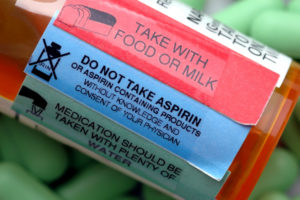
Betty is a statistic of a global lack of health literacy in adult populations. Her situation is not uncommon. Low health literacy levels apply across the board, in both developed and underdeveloped countries.
What is health literacy?
Health Literacy is defined by the Institute of Medicine’s Report on Health literacy as “the degree to which individuals have the capacity to obtain, process, and understand basic health information and services needed to make appropriate health decisions.” One of the challenges with health literacy is that it requires a variety of different skills. Skills such as reading, listening, analyzing and decision making skills and the ability to apply these skills to health situations. These skills can also help individuals to determine the types of questions to ask their doctors about their health conditions like Leg Vein Swelling when they go to a medical facility or an urgent care clinic.
Why is it important for us to pay attention to Health Literacy?
WHO, USA and Canada have identified health literacy as an important determinant of population health2. In Canada, over 60% of adults have low health literacy. This figure may surprise you but consider the information-rich society we live in. It is not surprising that many Canadians do not have the skills to be health literate in all situations3.
This is not a small problem as low health literacy has been linked to many health issues. Increased risk of death, increased emergency room visits and hospitalizations, increased use of health care services, decreased use of preventative care, poor disease outcomes and incorrect use of medication1,4. These facts are critical considering the rise in aging populations and chronic diseases.
How we do tackle this challenge and make a difference?
It starts with everyday encounters with patients and care partners all the way up to ensuring systemic change and action.
Here are a few guidelines to help start the change:5,6,10
- Practice universal precautions – this means speak clearly and in plain language with all. Don’t make assumptions.
- Assess a patient’s baseline understanding.
- Effectively ask and solicit questions.
- Encourage patients to ask 3 simple questions about their health care using Ask Me 3.
- Use teach back to confirm understanding.
- Focus on a few key points.
- Give patients clearly written information to take home. Easy to read with visual models and illustrations written at a Grade 5 level. Look at personalizing information to a patient population’s level of activation to further improve outcomes.
At a systemic level:
- Develop a health literacy plan for your organization7.
- Look at ways to establish an environment that supports health literacy. For example, help prepare the patient to navigate the health care system, interact productively with health care providers and prepare a respectful and supportive environment in your organization for health literacy6.
- Assess the complexity of your current environment by speaking with patients, family members, and staff5.
- Conduct an audit of the environment5.
- Work on problem areas to make the area more health literacy-friendly5.
- Find ways to overcome barriers of stigma that prevent individuals becoming health literate. For example, difficulty in asking doctors to explain language that is misunderstood or asking a pharmacist to read directions on a label8.
- Look at ways to promote health literacy in the classroom with curriculum-integrated health education9
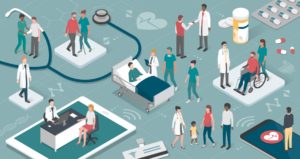
The sustainable future of healthcare demands working towards patient-centered care.
To get there, we need to support all individuals with abilities to obtain, process and understand basic health information and services and to be able to make appropriate health decisions.
Let’s not make assumptions about an individual’s health literacy. We have to ensure we meet the patient or care partner where they are.
How can we support individuals like Betty, like me, to understand and act on health information? How can be better enable patients on discharge to understand and act on discharge information when they arrive home?
I, myself, am a patient and with the increases in aging populations and chronic diseases, the reality is, that all of us will be a patient one day.
Let’s aim for optimal outcomes across the board and use plain and simple language.
#ispeakplainlanguage
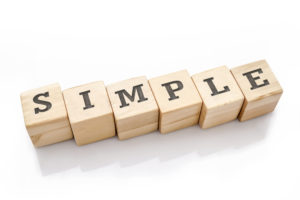


References
- https://nnlm.gov/initiatives/topics/health-literacy
- https://www.bmj.com/content/344/bmj.e1602
- https://www.phabc.org/wp-content/uploads/2015/09/IntersectoralApproachforHealthLiteracy-FINAL.pdf
- https://www.ahrq.gov/downloads/pub/evidence/pdf/literacy/literacyup.pdf
- https://www.pfizer.com/health/literacy/healthcare-professionals/healthcare-facilities
- https://www.who.int/global-coordination-mechanism/activities/working-groups/Assessing-and-Adressing-Health-Literacy.pdf?ua=1
- https://www.cdc.gov/healthliteracy/index.html
- https://www.cpha.ca/sites/default/files/uploads/resources/healthlit/report_e.pdf
- https://journals.sagepub.com/doi/abs/10.1177/0017896916653429?journalCode=heja
- https://www.sciencedaily.com/releases/2015/06/150601082535.htm

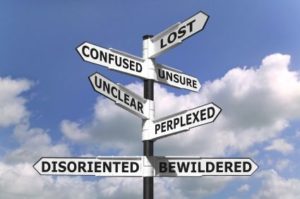
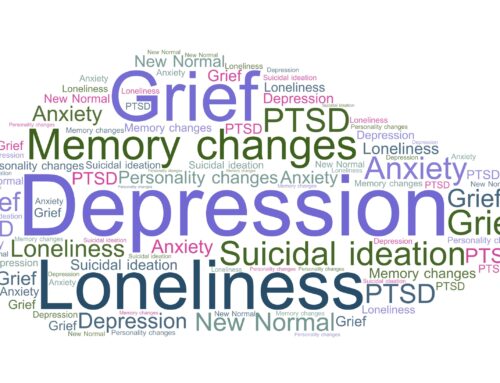
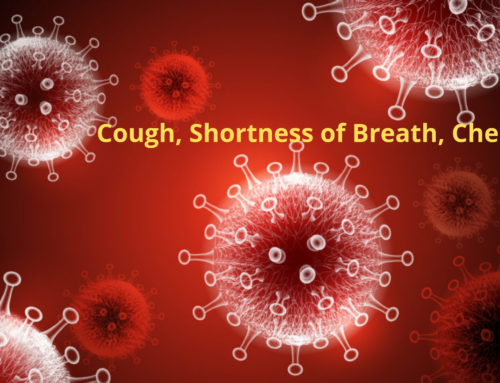


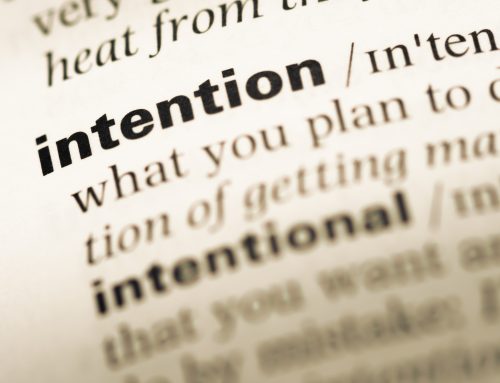
Leave A Comment